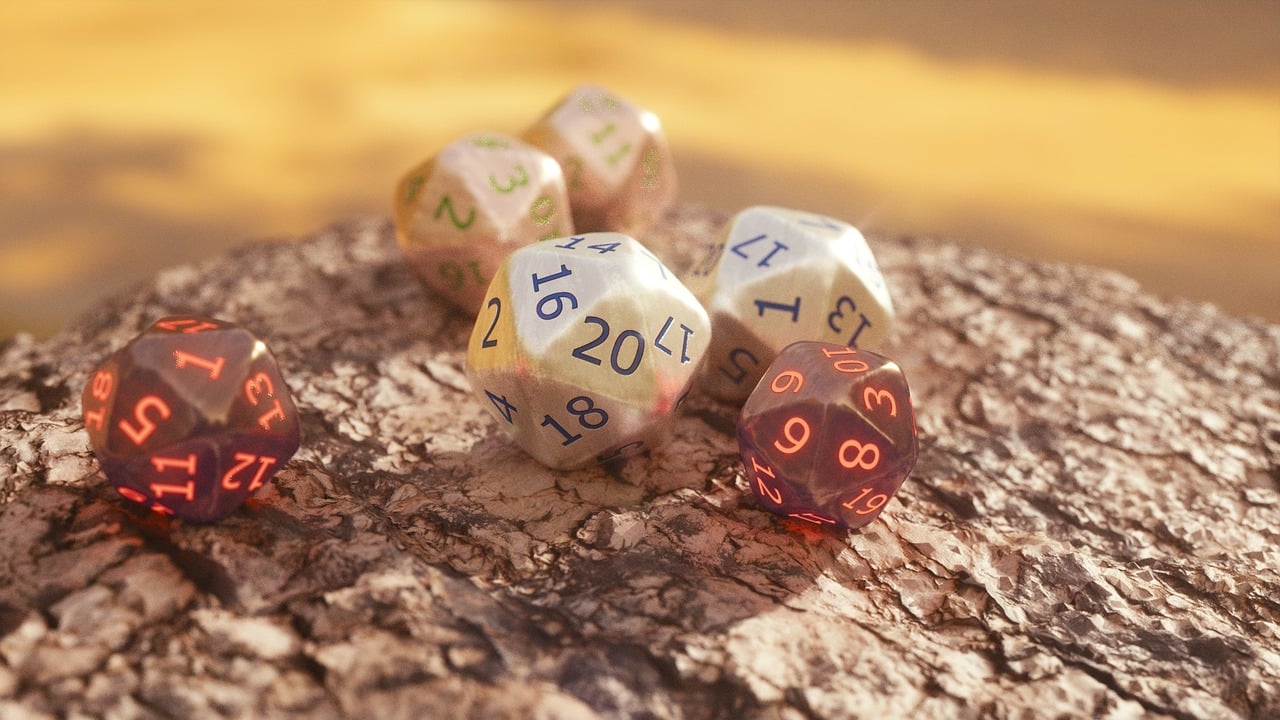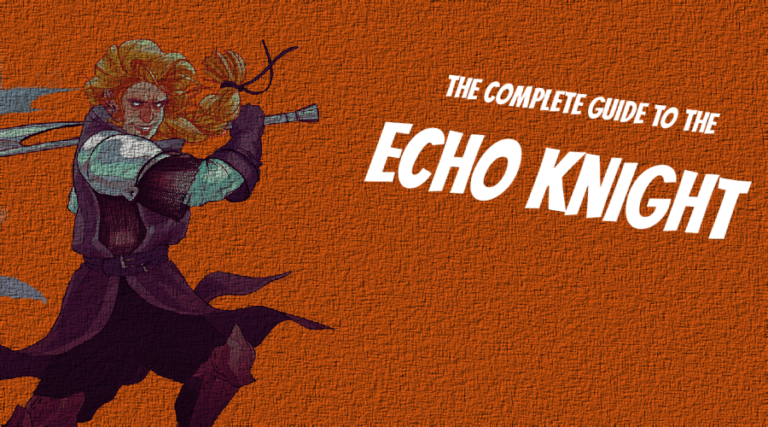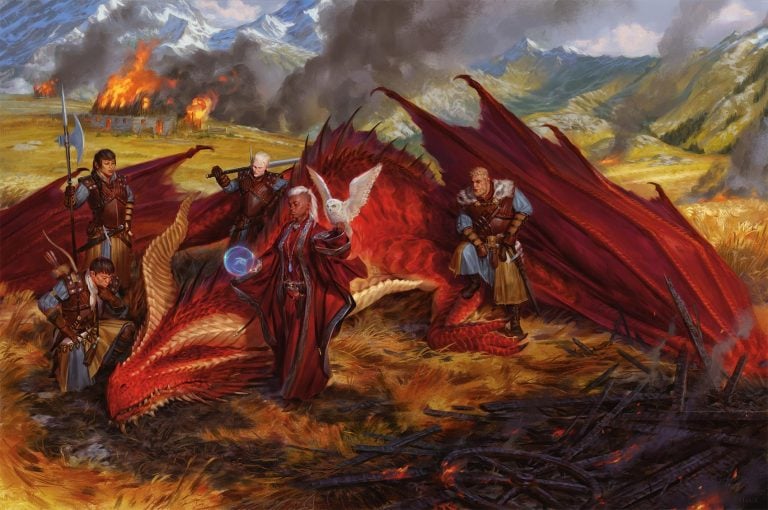Circle of Dreams 5E Guide | Rules, Tips, Builds, and More
One aspect of nature not often remembered is the Feywilds. The Fey are natural defenders, capable of massive wellsprings of primal magics. So of course, there had to be opportunities for Druids! Xanather’s Guide to Everything introduced the Circle of Dreams as the druid’s opportunity to learn to good-aligned fey. They are dedicated to showing the beauty of nature, and bringing joy to downcast hearts. Can these same druids bring joy and beauty to an adventuring party? Let’s find out, in our Circle of Dreams 5E Guide.
Table of Contents
Showcase Toril’s Beauty: Circle of Dreams
The Dream Circle Druid offers no permanent buffs. Instead, they get a ton of abilities that replicate spells: Almost all of these abilities have parallels in one spell list or another. However, few of them are available to Druids, and the fact that they all come from class abilities is immensely potent. Your lack of support for weapons or defensive abilities turns you into a pseudo-caster, but without the potent sustainability of Land.

Balm of the Summer Court
This Druid is the only one that doesn’t receive two abilities at level 2. That’s because this ability is actually pretty potent.
You are a font of energy that offers respite from injuries. You have a pool of fey energy represented by a number of d6s equal to your druid level.
As a bonus action, you can choose an ally you can see within 120 feet of you and spend a number of those dice equal to half your druid level or less. Roll the spent dice and add them together. The target regains a number of hit points equal to the total. The target also gains 1 temporary hit point per die spent.
So, at level 2, you gain 2 d6+1s. The +1 isn’t actual healing, and is instead temp HP – something that stacks with normal health, but not itself.
The spell Healing Word is possibly the best healing spell in the game. That’s because a Bonus Action heal is extremely handy as a pick-me-up. If someone is unconscious, 1 health or 100 health will bring them back to consciousness, and thus allows that person to re-enter combat with their death saves refreshed.
This gives you a lot of Healing Words.
So, by level 20, this spell can be considered as 20 “spell levels,” if all the spell levels were Healing Word. It heals a bit less than Healing Word, but the addition of spellcasting modifier is insignificant; enemies usually hit for 40-60 damage, so that extra +5 or so won’t matter.
In most cases, you’ll want to use these dice one at a time. You can use it as an emergency 10d6+10 in the lategame, in the hopes to keep someone up past a hit… but by then, the Heal spell will likely be a better use of your time. Use this to keep characters alive.
Hearth of Moonlight and Shadow
Your next ability doesn’t come until level 6. Unfortunately, this one does not help with combat at all. It does, however, let you rest after combat.
During a short or long rest, you can invoke the shadowy power of the Gloaming Court to help guard your respite. At the start of the rest, you touch a point in space, and an invisible, 30-foot-radius sphere of magic appears, centered on that point. Total cover blocks the sphere.
While within the sphere, you and your allies gain a +5 bonus to Dexterity (Stealth) and Wisdom (Perception) checks, and any light from open flames in the sphere (a campfire, torches, or the like) isn’t visible outside it.
What neat flavor! It’s too bad it’s worse than a 2nd level spell.
To start, this isn’t bad. +5 to Stealth and Perception is rather significant – It’s almost as significant as a Proficiency bonus, even to level 20. Your scout is extremely likely to see an enemy approaching, and you’ve got an average of 4-5 attempts to see someone creeping. Enemies are still pretty likely to notice you – A +5 isn’t gonna save your Paladin from being bad at stealthing.
Very few effects keep the light from specifically campfires from being seen, so it’s usually pretty hard to cook or stay warm while keeping stealthy. This ability makes that much more likely, though you may want someone with Darkvision to look outside the sphere. Your GM might interpret that sentence as you not benefitting from it.
However, when you compare this ability to the Rope Trick spell, it’s rather poor. Rope trick keeps you safe from spells and attacks, is completely invisible, and has a small height advantage. It also isn’t size-based; only creature based. This ability is much less effective, and a bit less safe, especially with any character that takes a penalty to Dexterity.
It doesn’t take a spell slot, at least. If your caster doesn’t feel like casting Rope Trick, then you’re actually quite happy with this.
Hidden Paths
Now for the by-definition best ability that the Circle of Dreams can offer. At level 10, you get quite a bit of mobility.
As a bonus action on your turn, you can teleport up to 60 feet to an unoccupied space you can see. Alternatively, you can use your action to teleport one willing creature you touch up to 30 feet to an unoccupied space you can see.
You can use this feature a number of times equal to your Wisdom modifier (minimum of once), and you regain all expended uses of it when you finish a long rest.
Druids don’t get a lot of this. They normally get massive overland travel, such as Tree Stride or Transport via Plants. They don’t get Windy Step, which is one of the most important defensive spells for a caster.
This is Windy Step+. With additional utility!
Teleporting 60 feet as a bonus action is, unsurprisingly, great. Windy Step is one of the best level 2 spells in the game, and super useful in the late game. Being able to move fast, without provoking opportunity attacks, is fantastic. Now, you can teleport even further than Windy Step!
In addition, you can choose to let someone teleport outside of their turn, but it takes up an action. That’s okay, but usually much worse. The Move action exists for most people. You could teleport into a jail cell, teleport the person out, and then teleport out yourself. But that’s 2 turns and 3 uses of Hidden Paths right there. Surely, you won’t mind using a spell slot to save the person faster, right?
Well, if you don’t, then you probably have 5 uses of this ability anyways. Zip around the battlefield like a mad-person.
Walker in Dreams
Finally, at level 14, you get your capstone ability for your Circle. It’s… uninspiring, but continues the theme of saving spell slots.
When you finish a short rest, you can cast one of the following spells, without expending a spell slot or requiring material components: Dream (with you as the messenger), Scrying, or Teleportation Circle.
This use of Teleportation Circle is special. Rather than opening a portal to a permanent teleportation circle, it opens a portal to the last location where you finished a long rest on your current plane of existence. If you haven’t taken a long rest on your current plane, the spell fails but isn’t wasted.
Once you use this feature, you can’t use it again until you finish a long rest.
So, during a short rest, you’re pseudo-invisible, and now you can get some information or safe travel. That’s fun!
Dream is pretty situational. Dream is most useful to get information from a target that you know is sleeping. If you need to do this, dungeoneer at night and then use this ability to get information from a townsfolk when you need it. Make sure your Persuasion is relatively high, or your Intimidation, since you’re the only messenger.
Come to think of it, consider getting the information first.
Teleportation Circle has an amazing flavor to it with this ability. It sends you right back to the town or camp where you took a long rest. That saves a ton of time… but you could just walk. Or use Plant Stride. Or a normal teleportation spell. This aspect of the ability is a little restrictive.
Scrying is perhaps the most useful. If you know about the boss of the dungeon, then you might get some good information about the boss. If you don’t, then you can place the Scrying orb in the final room of the dungeon (or the next room) and figure stuff out. Scrying is the only ability without some kind of restriction, so it’s actually a free 5th level spell slot.
If you desperately need to teleport, or you want to grab information from an important NPC at night, then use the other abilities. Otherwise, consider just Scrying the next room.
Best Races for Dream Circle Druids
Because you’re a caster, you want to get at least +1 to your Wisdom from your race. It’s important to get the DCs of your spells high for this class to work effectively. Otherwise, boost your Dexterity and Constitution for AC and Health. Oh, and saves. Saves are important.
Pallid Elf
These elves from Wildemount are rather great druids. At +2 Dexterity, +1 Wisdom, they’ve got okay scores for you. Elves have the Darkvision that make you a good scout for Hearth of Moonlight and Shadow, Trance to let you keep watch for more time, and Fey Ancestry which… kind of makes sense. Free Perception is great, too! Finally, you get advantage on Investigation and Insight, insight being Wisdom based. You’ll have the best hunches! If that wasn’t enough, you get some fey trickeries with Blessing of the Moonweaver. While Wood Elf might make more sense, Pallid Elves are almost strictly better.
Hill Dwarf
Hill Dwarves are your basic entry from the Player’s Handbook, but they have some strict advantages. They focus more on durability with +2 Constitution, +1 Wisdom. They keep Darkvision, and are basically immune to Poison. Tool Proficiency can come in handy if your party needs repairs on their gear, and Stonecunning is… hilarious. The only real reason to take the Hill Dwarf, however, is Dwarven Toughness; +1 Hit point per level. Up to 20 HP, for free! That’ll keep you alive, easily.
Aarakocra
Finally, if your GM allows for your character to fly, the Aarakocra from Elemental Evil Player’s Companion will be useful to you. These birds have three things for you; +2 to Dex, +1 to Wis, and Fly speed. All of which are fantastic, since Druids can typically only fly by Wild Shaping (sans magic items). This’ll keep you alive, and make your teleportation of 60 feet instead get you to a safe spot in the air. Really useful, especially early on!
Also, since you’re fey, you can basically pretend to be a parrot. How fun!
Conclusion – Our Take on the Circle of Dreams
The Circle of Dreams is essentially here to try and keep some utility spell slots out of spell slots – an optimistic look at this class is that it saves up to 41 spell levels, if you use all of your abilities, all the time, at level 20. This is far from bad, but the lack of passive buffs (and 0 damage effects) will make you feel a little weak during combat. Still, if you’re willing to be a low damage caster with a few good utility effects, the Feywild will take you happily.






